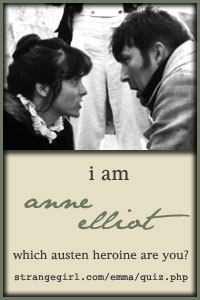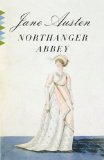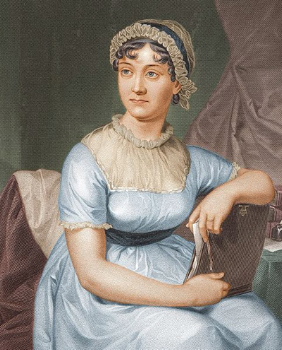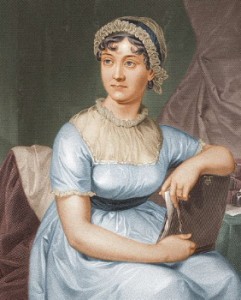I spent this morning watching Becoming Jane, and even though I know I might get my Janeite card taken away for saying this, I liked it. Oh, I know it’s inaccurate, but it made for a good story. Of course, I just love watching Austen-related movies because of the clothes. I was surely born at the wrong time. Take a look at some of the stills in this movie.
I just love, love, love Jane Austen. At this point, I have read all but two of her novels: Persuasion and Mansfield Park. I have started Persuasion twice and set aside for reasons I can’t remember. I suspect it might be partly due to the fact that I’ve seen the excellent adaptation starring Amanda Root and Ciarán Hinds. I loved that movie, and it didn’t surprise me when I took a recent quiz and discovered Anne Elliot is the Austen heroine I am most like. I felt that when I watched the movie, too. Still, it’s shameful not to have finished the book, and I am turning back to it again. I plan to read Mansfield Park as well, but I’m not sure when. I’m definitely due for re-reads of Pride and Prejudice and Sense and Sensibility.
I love immersing myself in her world, and if you do, too, you might check out Jane Austen’s World and Austen Blog. Of course, there are many more wonderful Jane Austen’s blogs in their blogrolls, too, but I have to get going and that means I need to wrap up this post.





 Jane Austen is quite popular in the blogosphere, and readers have a wide selection of Austen blogs to choose from.
Jane Austen is quite popular in the blogosphere, and readers have a wide selection of Austen blogs to choose from.